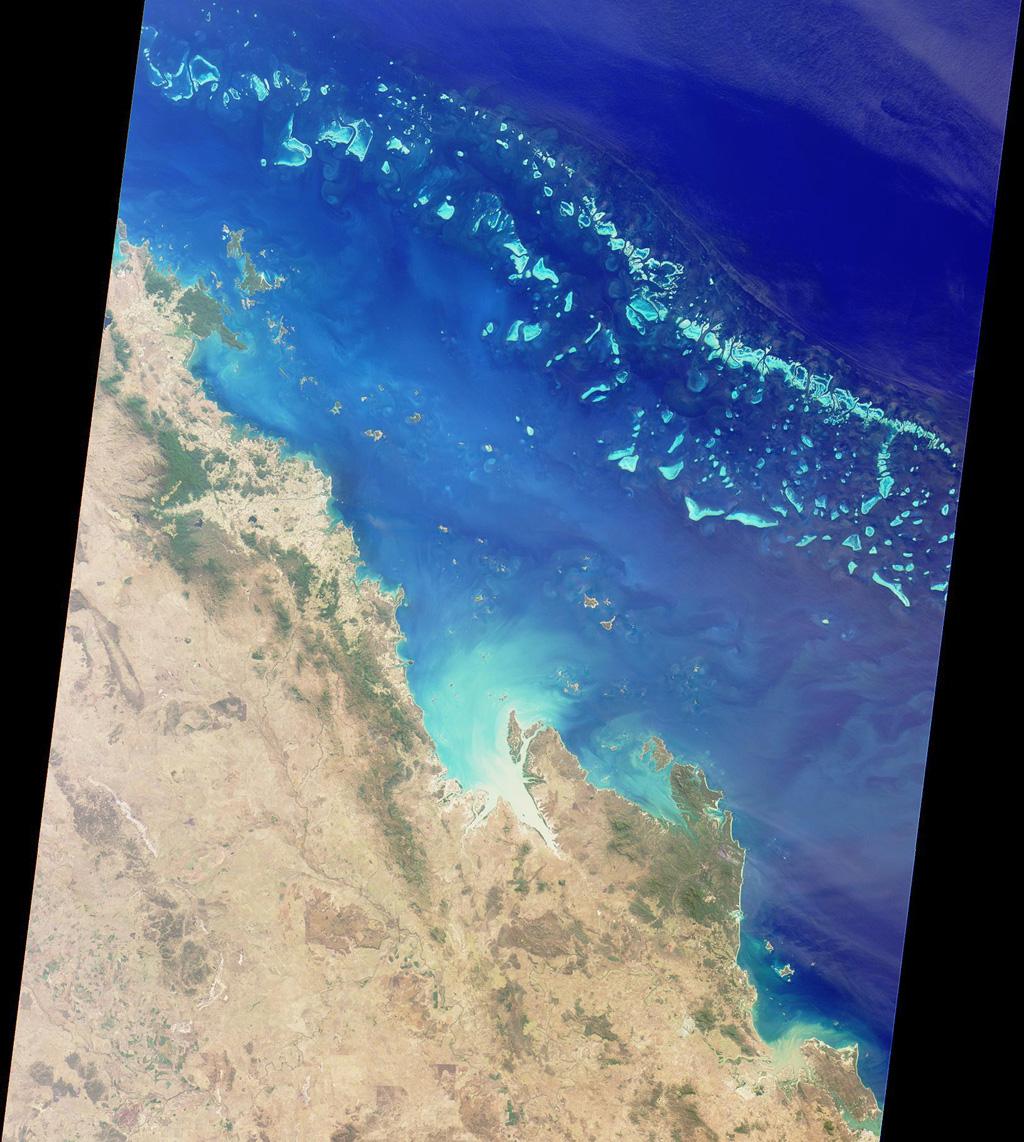
The great barrier reef is actually around 20 million years old. It’s an ancient and very large home to living things. It’s made up of living coral growing on top of dead coral. There are many generations of coral that has died and turned into stone. It is now covered is a very diverse range of living creatures such as, anemones, sponges, worms, turtles, snakes, coral, algae crustaceans, star fish and many many more.
During the last ice age the water level dropped in the ocean exposing large parts of the the great barrier reef facts for kids history of reef great barrier reef. This allowed the aborigine people to venture out on to the reef on foot. This occurred around 40,000 years ago. When the ice age ended, the ice melted and flooded water back into the oceans raising the sea level. The dead coral now flourished and began to great living organisms again. It was around 10,000 years ago that the ice age ended, and about 8,000 years ago that the great barrier reef started growing again.
Interesting Facts About The Great Barrier Reef
There is an incredible amount of diversity with marine life at the great barrier reef.
- 450 types of corals
- 4000 types of molluscs
- 1500 types of fish
There are more species of animals and marine life found per cubic meter of the great barrier reef than any other environment in the world! This does also include the tropical rainforests and jungles. There are actually more species of animals in the great barrier reef than the entire Caribbean Ocean.
Click The Link Below To Learn More About Helping The Great Barrier Reef!
https://www.fightforourreef.org.au/
Fun Fact: the great barrier reef is about the size of 70 million football fields!
You will find 6 different species of turtles at the great barrier reef. There is the Flatback, Olive Ridley, Hawksbill, Green, Loggerhead and the Leatherback. That is actually 6 out of 7 species found in the world. The only one not at the reef is the Kemp’s Ridley turtle, they are found in the Gulf of Mexico.

DID YOU KNOW?
Some of the Reef's inhabitants, such as turtles and crocodiles, have been around since prehistoric times and have changed little over the millennia.
Finding Nemo, the clown fish (anemone fish) can be found all over the great barrier reef.

The great barrier reef is visible from the moon.

The Reef is highly vulnerable. In the past three decades, it has lost half its coral cover, pollution has caused deadly starfish outbreaks, and global warming has produced horrific coral bleaching. Coastal development also looms as a major threat. That’s why we need to act quickly and fight for the conservation of the Great Barrier Reef.
Coral bleaching
Coral bleaching is the result of global warming caused by the mining and burning of fossil fuels like coal. Global warming is heating our oceans, and if the water stays too hot for too long, corals bleach and die.
Farm pollution
Farm pollution is one of the key drivers of the Reef’s decline. It smothers corals and seagrass beds and denies them sunlight, drives crown of thorn starfish outbreaks, and makes coral more vulnerable to bleaching. Nitrogen runoff from farms can also lead to algal blooms, which starfish larvae feed on, promoting population explosions.
Governance
Sadly, the scale and number of problems the Reef now faces have outgrown the capacity of the institutions and systems put in place a generation ago to protect it. The Reef needs a stronger champion to defend it from industrialisation, overfishing and a multitude of other threats.
Industrialisation
There are plans to expand several ports along the Great Barrier Reef coastline. Port expansion leads to dredging of the seafloor, increased shipping traffic, and a range of other impacts on the delicate coastal and marine environment of this World Heritage Area.
Fishing
Poor management of commercial, recreational and Indigenous fishing is increasing the threats to many of Queensland’s threatened species including dugongs, turtles and inshore dolphins. Fisheries management needs to be supported by investment into expanded data collection and compliance programs.

No comments:
Post a Comment